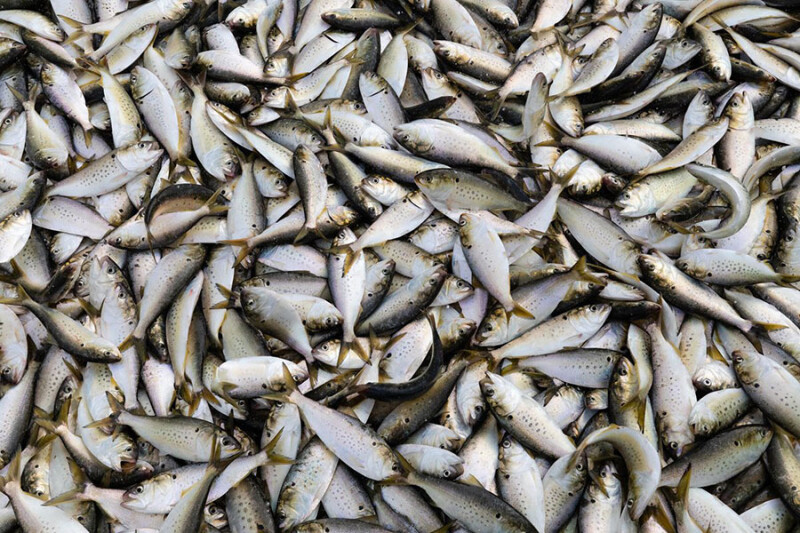When it comes to Louisiana’s commercial fishing industry, shrimp, oysters, and crabs often steal the spotlight. However, a small yet vital fish, menhaden, sometimes referred to as pogies plays an outsized role.
Known for their high omega-3 content, menhaden are a critical link in the Gulf’s food chain and support coastal jobs and industries. According to The Advocate, menhaden are primarily found along the nutrient-rich estuaries of the Mississippi and Atchafalaya Rivers. These waters provide an optimal habitat for the fish, which are harvested for use in livestock feed, aquaculture, and pet food. Despite misconceptions, menhaden harvesting is one of the most tightly regulated fisheries in the region, overseen by the Gulf States Marine Fisheries Commission, Louisiana Wildlife and Fisheries Commission, and state legislators. The industry relies on satellite tracking and genetic studies to assess stock health, ensuring sustainable harvest levels.
Louisiana’s menhaden fishery has a long and storied history. According to NOLA.com, the industry dates back to the early 19th century, with processing plants emerging along the Gulf Coast in the late 1800s. By the mid-20th century, menhaden fishing became a pillar of Louisiana’s coastal economy, peaking in 1984 when 83 vessels landed nearly one million metric tons of fish. At the time, Cameron, Louisiana, was recognized as North America’s largest fishing port by volume.
However, the industry has since faced significant consolidation. While menhaden fishing once supported numerous processing facilities and a large fleet, today, only two Louisiana-based companies remain- Westbank Fishing in Empire and Ocean Harvesters in Abbeville. The number of processing plants has declined from 11 to just three, and the fleet has shrunk to 27 boats. Despite the decline, the industry still remains a powerful economic driver. NOLA.com shared that the menhaden fishery generates $419 million annually in state and local tax revenue. Workers in the industry earn more than $50,000 per year, reinforcing the fishery's role in sustaining the state’s working coast.
The Advocate highlights that sustainability remains the top priority for the industry. The Gulf menhaden fishery operates with a harvest rate of less than 2 percent of the total menhaden biomass, ensuring a stable population for future generations.
Advocates stress that balanced fisheries management is key to preserving both the economic and ecological benefits menhaden provide. Menhaden fishing isn’t just a fishery within the coastal economy; it’s a lifeline for many and a vital piece of the state’s maritime heritage.







